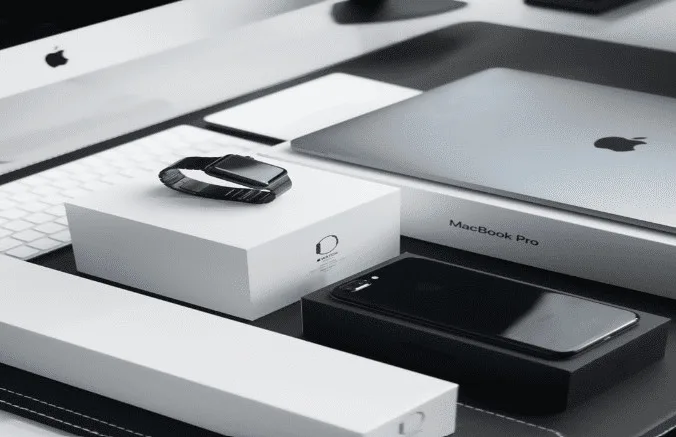Apple has undeniably left an indelible mark on the world of technology, revolutionizing how we interact with devices and reshaping entire industries. From its inception in the 1970s to the present day, Apple has consistently pushed boundaries, setting trends that other companies strive to emulate. Here’s a look at the top 10 most popular Apple devices of all time, which have not only transformed the tech landscape but also become cultural icons.
Top 10 Most Popular Apple Devices
Macintosh

The Macintosh, affectionately known as “the Mac,” was a groundbreaking personal computer that brought a graphical interface and a mouse to the masses. Its release marked a significant shift in computing, making it more accessible and user-friendly. Steve Jobs’ description of it as “insanely great” still echoes through time. It is one of top 10 most popular Apple devices.
iMac

The iMac G3, with its vibrant colors and distinctive design, introduced the concept of at-home computing for the internet era. By removing the floppy disk port, Apple set a standard for innovation, pushing the boundaries of what a computer should be. The “i” in iMac stood for internet, individuality, and inspiration.
Mac OSX

Mac OSX brought a new level of sophistication to the operating system. With its sleek graphical interface, smooth animations, and intuitive gestures, it set Apple apart from competitors. The retina display, known for its vibrant colors and sharpness, became a hallmark of Apple devices.
iMac G4

Nicknamed “the Lamp,” the iMac G4 defied convention with its innovative design. The swivel arm connecting the screen to the base showcased Apple’s dedication to pushing the limits of hardware design. This all-in-one computer demonstrated that computers could be both powerful and aesthetically pleasing.
iPod

The iPod redefined Apple’s identity, transitioning the company from computers to a technology giant with a broader reach. With its iconic scroll wheel and compact size, the iPod allowed users to carry their music libraries in their pockets. Various iPod models, including the iPod Touch and iPod Classic, brought innovation and convenience to the music industry.
iTunes

iTunes transformed the way people purchased and organized their music. In a world transitioning from CDs to digital music, iTunes provided a platform for buying individual songs and discovering new artists. Its impact extended beyond music, shaping the digital media landscape.
Apple TV

Apple TV marked the company’s entry into the streaming arena. While initially focused on accessing movies and media from iTunes, Apple TV eventually evolved into Apple TV+, contributing to the shift away from physical media and traditional cable TV.
iPhone

The iPhone’s introduction was a pivotal moment in tech history. Steve Jobs’ unveiling of a device that combined an iPod, phone, and internet communicator left audiences in awe. Over the years, iPhones have become synonymous with innovation, setting trends in design, camera technology, and user experience.
iPad

With the iPad, Apple seamlessly integrated its iOS ecosystem into a tablet form factor. The iPad’s versatility as a productivity tool, entertainment device, and creative canvas solidified its place in both personal and professional settings. It showcased Apple’s knack for refining existing concepts.
Apple Watch

Apple’s foray into wearables resulted in the Apple Watch, a device that seamlessly connected with the iPhone and offered fitness tracking, notifications, and more. Its integration with existing Apple devices and a growing ecosystem of apps made it a popular choice in the wearable market.








